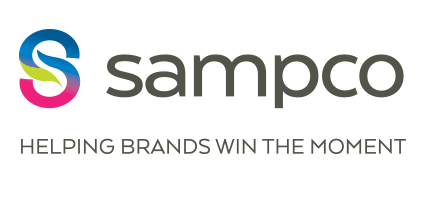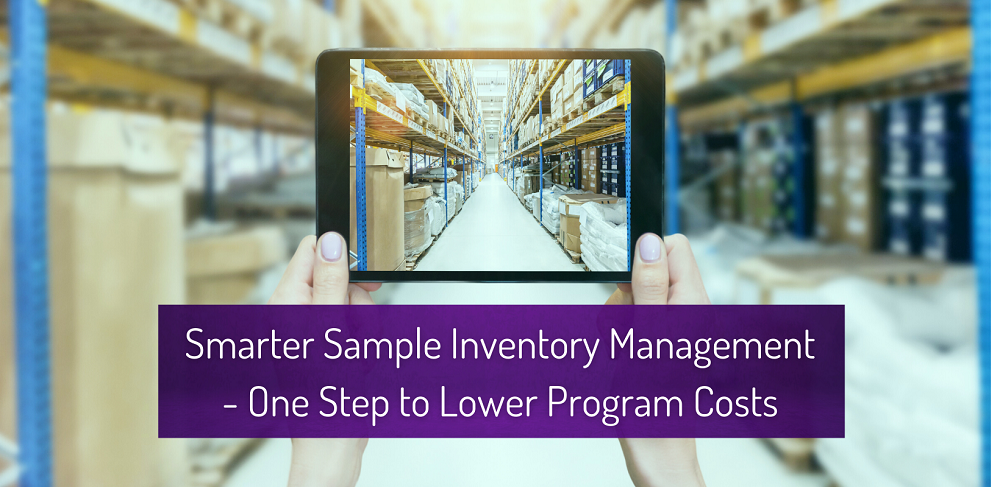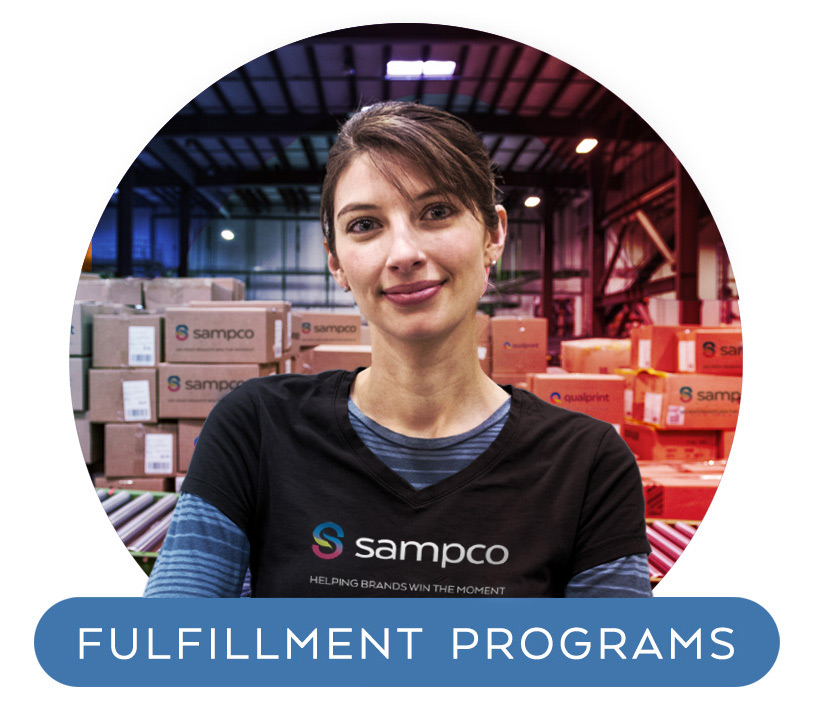There’s an old saying, “It’s hard to stop a speeding locomotive.” We haven’t tried, but we bet it is true. The same might be said about trying to cut cost and waste out of a big, fast-moving sampling program while keeping its responsiveness to the needs of the marketplace. We know because we manage a lot of them for building materials manufacturers in many categories.
A typical program includes hundreds of different SKUs. Most include a mix of individual sample boards, architectural folders, swatch sets or color boxes and printed sales collateral. And every customer wants our help figuring out how to run theirs more efficiently. So, here’s one of our simpler solutions. Smarter management of Min-Max Inventory levels.
How It Works
A lot of programs use a min-max inventory control system. This sets a number for the maximum inventory level and a minimum inventory level for each sample SKU in the program. Our job is to make sure inventory is never less than the minimum and never more than the maximum. So, when we see an SKU approaching the minimum-level we order additional product from the customer to raise inventory to a safer number.
These min-max numbers are set at the start of a program based on projected demand from the field. Usually they start out accurate, but over time the min-max levels may no longer work. Say there’s a hot sample board SKU. We might find ourselves ordering production material from the customer every couple of weeks to keep the inventory over the minimum level. This wastes management time, and multiple trucks wastes shipping dollars. And in extreme cases, the customer might even find themselves in a stockout situation, missing sales opportunities while we’re waiting for new production materials. The solution is to up the maximum number.
On the other hand, there might be an extremely slow-moving sample SKU with a high min-level that we have to maintain, leaving inventory sitting on the shelf for months and months. And in some cases, forever, or at least until it’s thrown out. Not good either. In both cases the solution here is to raise the min max when demand is high and lower it when demand is low, and sometimes to drop the sample SKU from inventory entirely.
Watching Your Back
So how do we help? Our customers have info on what’s moving and not moving. We know because we supply them with timely, accurate reporting. But a busy program manager doesn’t always have the many hours it takes to go through it all, understand the implications and set new min-max-levels for hundreds of SKUs. Therefore, as a value-added service, we do it for them on a pre-set schedule, coming back with revised min-max recommendations that help keep costs and waste down, while never missing a potential sales opportunity.
As you might expect, ideas for reducing program waste and cost – like this one – are in demand. We’ll be sharing more of them on these pages in the coming months. So, stop by again, and let us help you Win the Moment with smarter Inventory Management!




